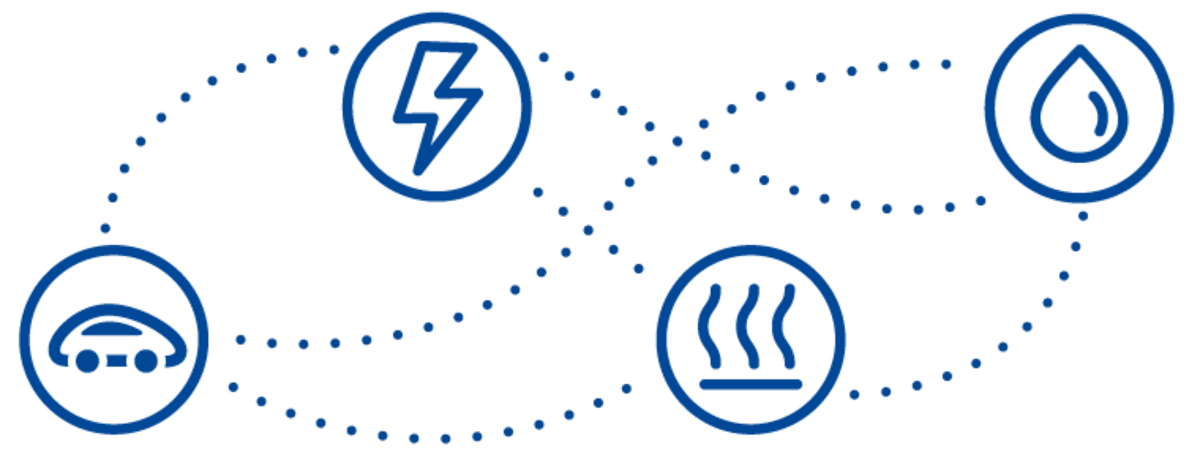
Simple design and clear modeling for software simulation and integration

Increasingly larger and heterogeneous volumes of data have to be transmitted, processed and interpreted. When it comes in particular to the efficient operation of utility infrastructures (electricity, heat, mobility, water), various domains and sectors have to interact and exchange information with one another.
With this in mind, the fortiss field Architectures and Services for Critical Infrastructures field of competence researches and develops analyses and methods in order to create software architectures for distributed infrastructures. These systems must be scalable, stable and robust. By modeling, simulating and applying AI methods, we are in a position to digitally represent, analyze and optimize complex systems.
Apart from describing interactions and application logic, the implemented platform can also be used to directly incorporate components through software. With this tool, we can design different rules and various control concepts, evaluate the operation and implement connected services based on data.
For this reason, the Architectures and Services for Critical Infrastructures field of competence is committed to making leading-edge research contributions in the field of real-time operations systems with the aim of helping to shape Bavaria and Germany into an attractive business location over the long term. To do that we focus our activities on the following trendsetting issues: